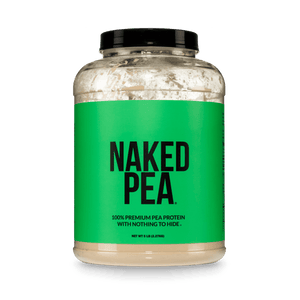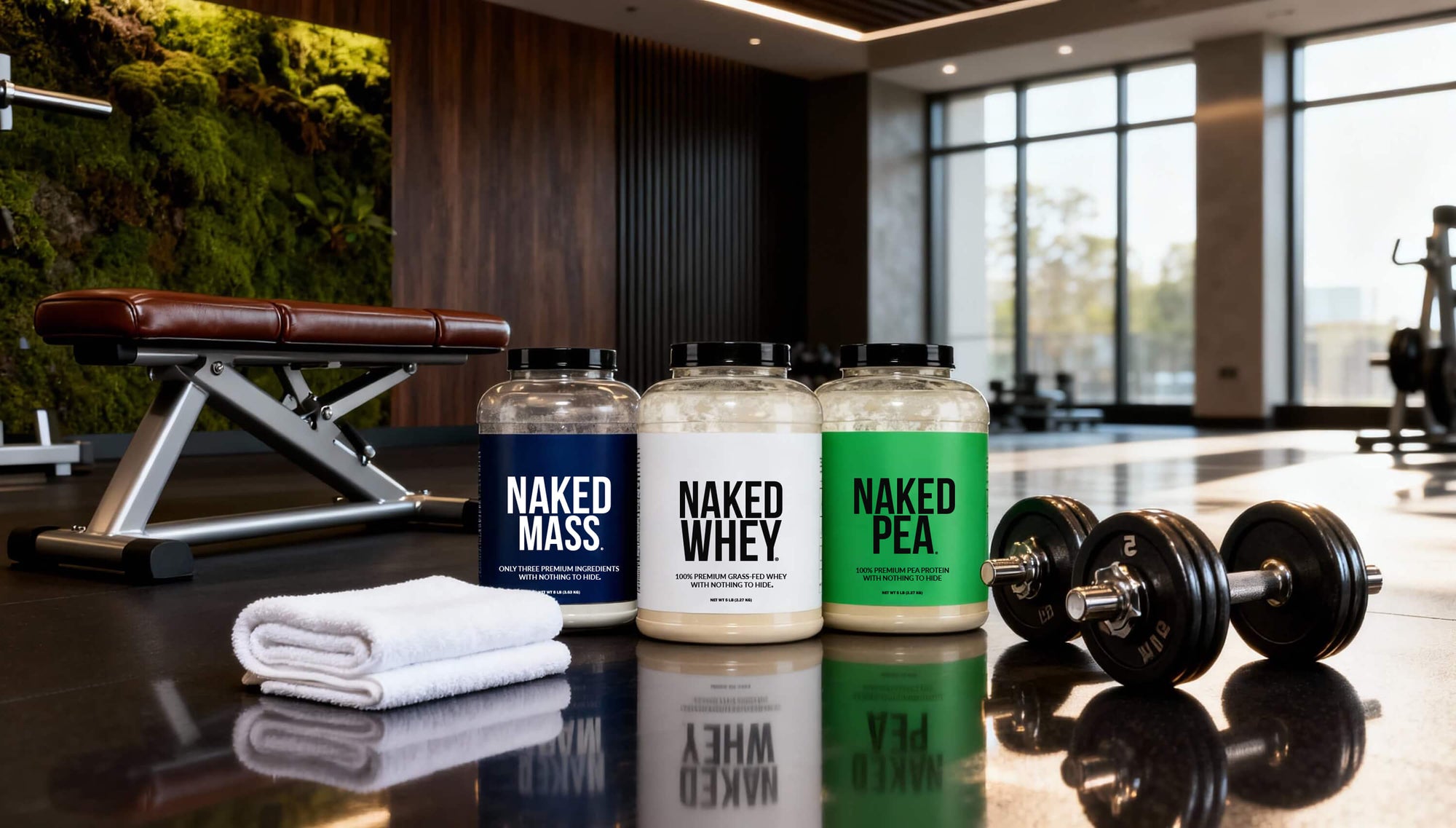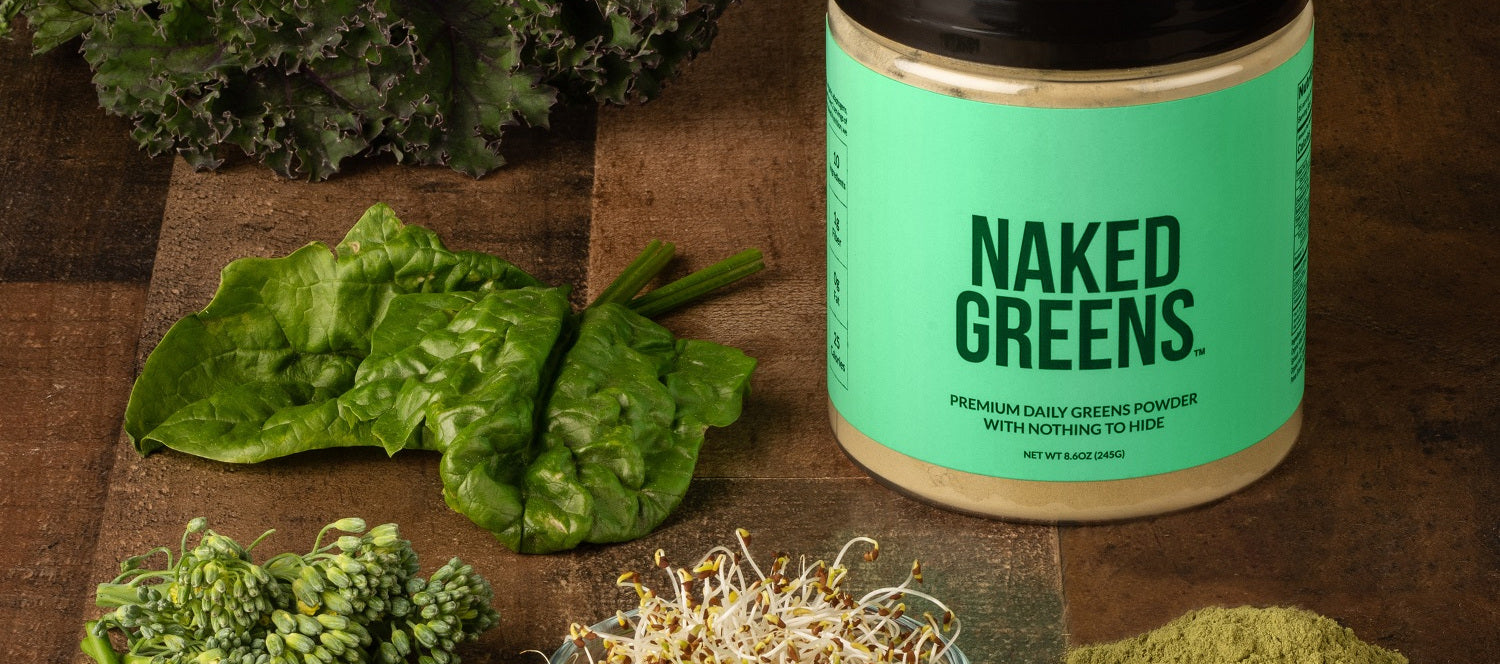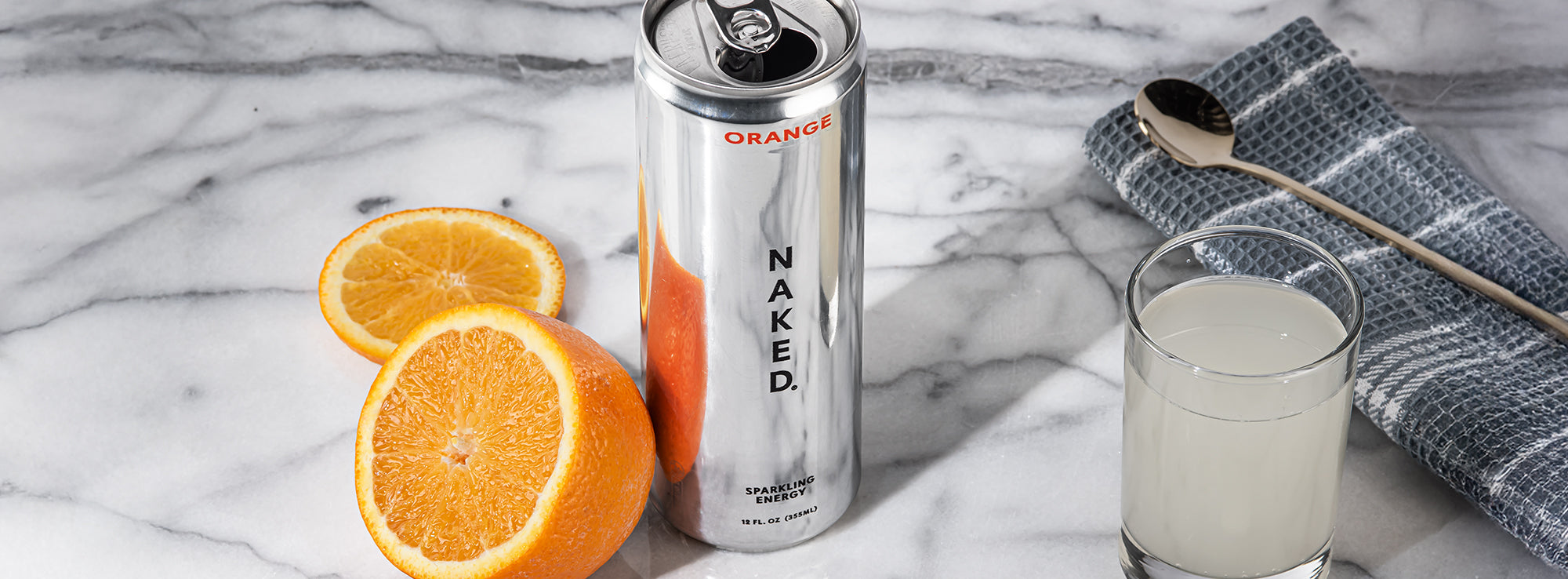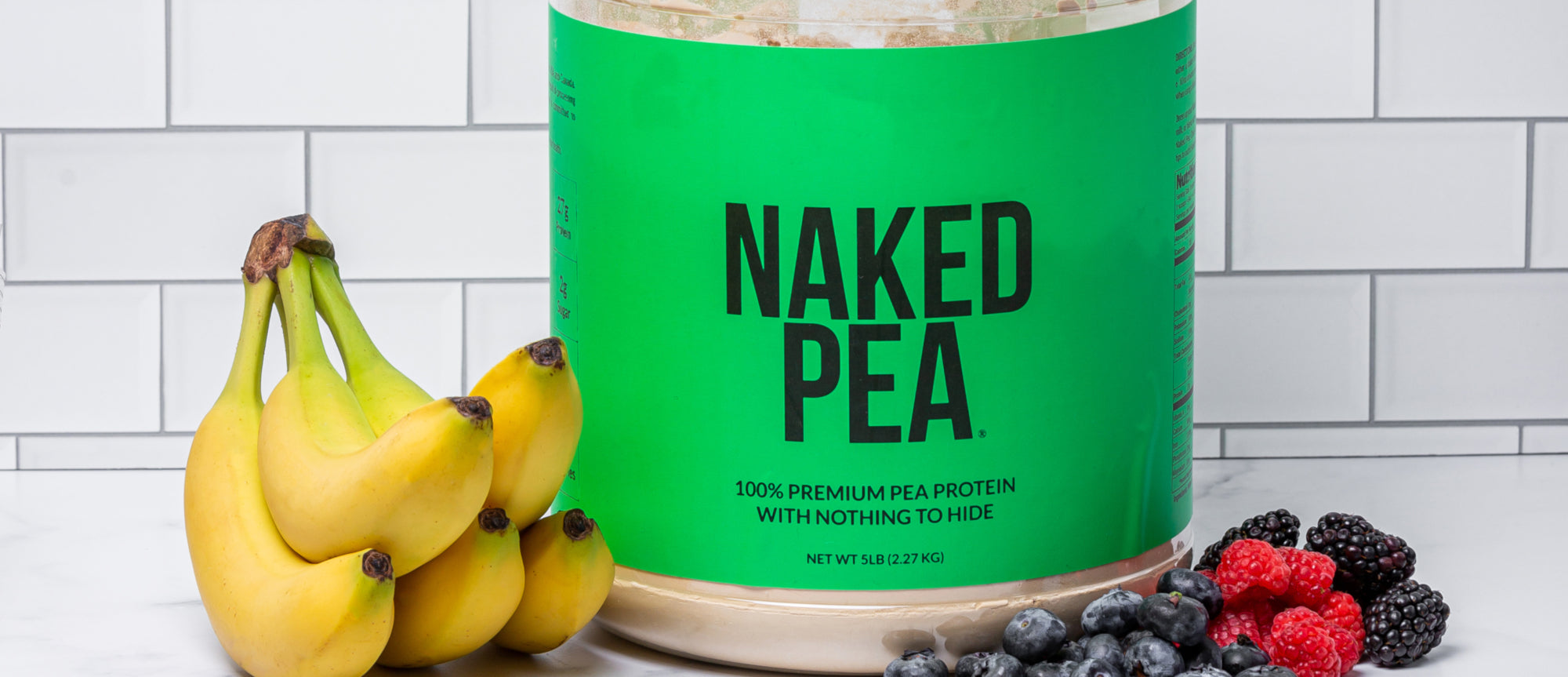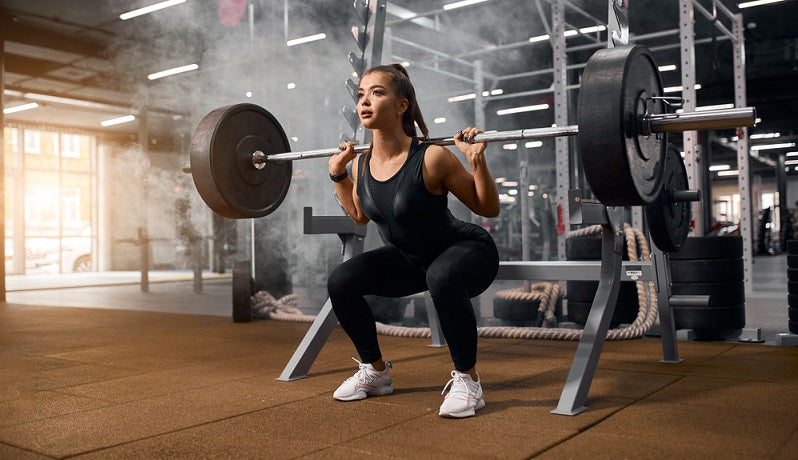There’s no denying that the simplest way to get all the muscle building amino acids is to eat animal sources of protein, like chicken, fish, eggs, or whey protein.
But that’s not to say you can’t build muscle on a vegan or vegetarian diet. All you need to do is a slight bit of extra planning when it comes to your nutrition.
One thing that would promote muscle growth is combining various sources of plant proteins to get a wider array of amino acids in your diet.
Let’s look at two high quality plant protein sources - pea and rice. We’ll also discuss why combining them can help you build more muscle mass.
Read More: Pea Protein vs. Whey Protein
What is pea protein?

Pea protein is derived and extracted in powder form from yellow and green split peas. This protein can be added to a variety of foods such as energy bars, meal-replacement shakes, veggie burgers, and cereals.
Unlike most protein powders, pea protein is not derived from the 8 major allergens (milk, eggs, peanuts, tree nuts, soy, fish, shellfish, and wheat), making it a great option for those with food allergies.
Similar to other vegetarian protein options, peas are not a complete protein source, meaning they are missing at least one essential amino acid from their protein profile. (3)
This means you would need to combine pea protein with another plant protein source to make a complete protein profile.
Studies have suggested that pea protein has antioxidant, antihypertensive, and anti-inflammatory properties, and may even help to lower cholesterol (1).
Pea protein is mild in flavor, making it a versatile source of protein to add to a variety of meals.
What is rice protein?
Brown rice protein powder is derived from sprouted brown rice, where the rice is treated with enzymes that cause the carbohydrates and protein to separate.
The protein is then isolated to create a rice protein powder. Similar to pea protein, rice protein is not derived from any of the eight major food allergens.
It contains all the essential amino acids. But it is too low in lysine to be considered a complete protein. (2)
Rice protein is easily digestible, dairy-free, and hypoallergenic, and vegan friendly. It can be a substitute for casein or whey protein for those on a plant-based diet. (2)
It mixes well with liquids, making it ideal for smoothies. Add ingredients such as bananas, berries, and pineapple into your smoothies to help disguise the flavor of the protein.
Why mix pea and rice protein together
Plant proteins vary widely in their amino acid profiles.
They may individually lack amino acids that you’d need for muscle growth and recovery. But when you combine the right plant proteins together, you might end up with a complete protein.
Before we delve into why pea and rice protein go well together, let’s take a look at what is a complete protein.
What is a complete protein?

Amino acids are units that make up the structure of a protein.
There are 20 amino acids present in proteins; nine are considered essential, meaning the body does not produce them on its own and we have to get them from food.
The 9 amino acids we must get from our diet are as follows.
- Leucine
- Valine
- Isoleucine
- Histidine
- Lysine
- Methionine
- Threonine
- Tryptophan
- Phenylalanine
The other 11 amino acids are called non-essential amino acids, meaning that they are naturally produced by the body and you do not need to get them from your diet. (5)
How to get complete proteins on a plant-based diet?
Meat, eggs, and milk are great sources of high-quality protein because they contain all the essential amino acids.
Some plant foods like beans, peas, and lentils contain adequate amounts of protein, but they may lack essential amino acids to be considered as a complete protein.
The incomplete protein profiles of plant-based foods make it more difficult to get an adequate source of high-quality protein. But a well-planned diet can make sure you are getting an adequate amount of protein.
The combination of different plant foods such as beans and rice can have a complementary effect that makes a complete protein compared to eating these foods alone. (5)
If you are someone looking to build muscle, it is important to know the role protein plays in muscle building and recovery.
Dietary protein intake stimulates muscle repair after a workout and helps to build muscle, which is also known as muscle protein synthesis. (2)
All amino acids are required for protein synthesis, which makes it important to be mindful of combining different proteins if you are on a plant-based diet.
Do pea and rice proteins complete each other?
Combining pea and rice proteins makes up a more balanced amino acid composition.
Pea protein lacks methionine but contains adequate lysine. Brown rice protein is the opposite. It contains high amounts of methionine but not enough lysine.
When combined, they help fill in each other’s gaps to form a complete protein.
How to mix pea and rice proteins?
You can mix pea and rice protein to have a 50/50 ratio. For example, you combine half a serving of each protein into a smoothie for a complete protein source.

Try it: Chocolate Cherry Vegan Gains Smoothie
Ingredients:
- 1 frozen banana
- ½ cup frozen cherries
- 2 tbsp cocoa powder
- 1 cup water
- 1 scoop Naked Pea
- 1 scoop Naked Rice
Instructions:
- Blend all ingredients in a high speed blender until smooth.
Key takeaways
Pea and rice proteins are a great example of high-quality plant-based proteins that can improve your overall health, as well as support muscle growth and recovery.
They are ideal for those with food allergies, intolerances, or someone wanting to incorporate more plant-based foods into their diet.
Mix pea and rice protein in your oatmeal, smoothie, shakes, pancakes, energy bites, muffins, etc. The options are endless, just have fun with it!
Sources:
- Ge, J., Sun, C., Corke, H., Gul, K., Gan, R., Fang, Y. The health benefits, functional properties, modifications, and applications of pea (Pisum sativum L.) protein. Comprehensive Reviews in Food Science and Food Safety. 2020 June 22;19:1835–1876. DOI: 10.1111/1541-4337.12573
- Gorissen, S.H.M., Crombag, J.J.R., Senden, J.M.G, Waterval, W.A.H, Bierau, J., Verdijk, L.B., van Loon, L.J.C. Protein Content and Amino Acid Composition of Commercially Available Plant-Based Protein Isolates. Springer. 2018 Aug 30; 50: 1685-1695
- Krefting, J. The Appeal of Pea Protein. Journal of Renal Nutrition. 2017 Sep 1; 27(5): 31-33
- Tuso, P.J, Ismail MH, Ha BP, Bartolotto C. Nutritional update for physicians: plant-based diets. Perm J. 2013;17(2):61-66. doi:10.7812/TPP/12-085
- Watford M, Wu G. Protein. Adv Nutr. 2018;9(5):651-653. doi:10.1093/advances/nmy027

